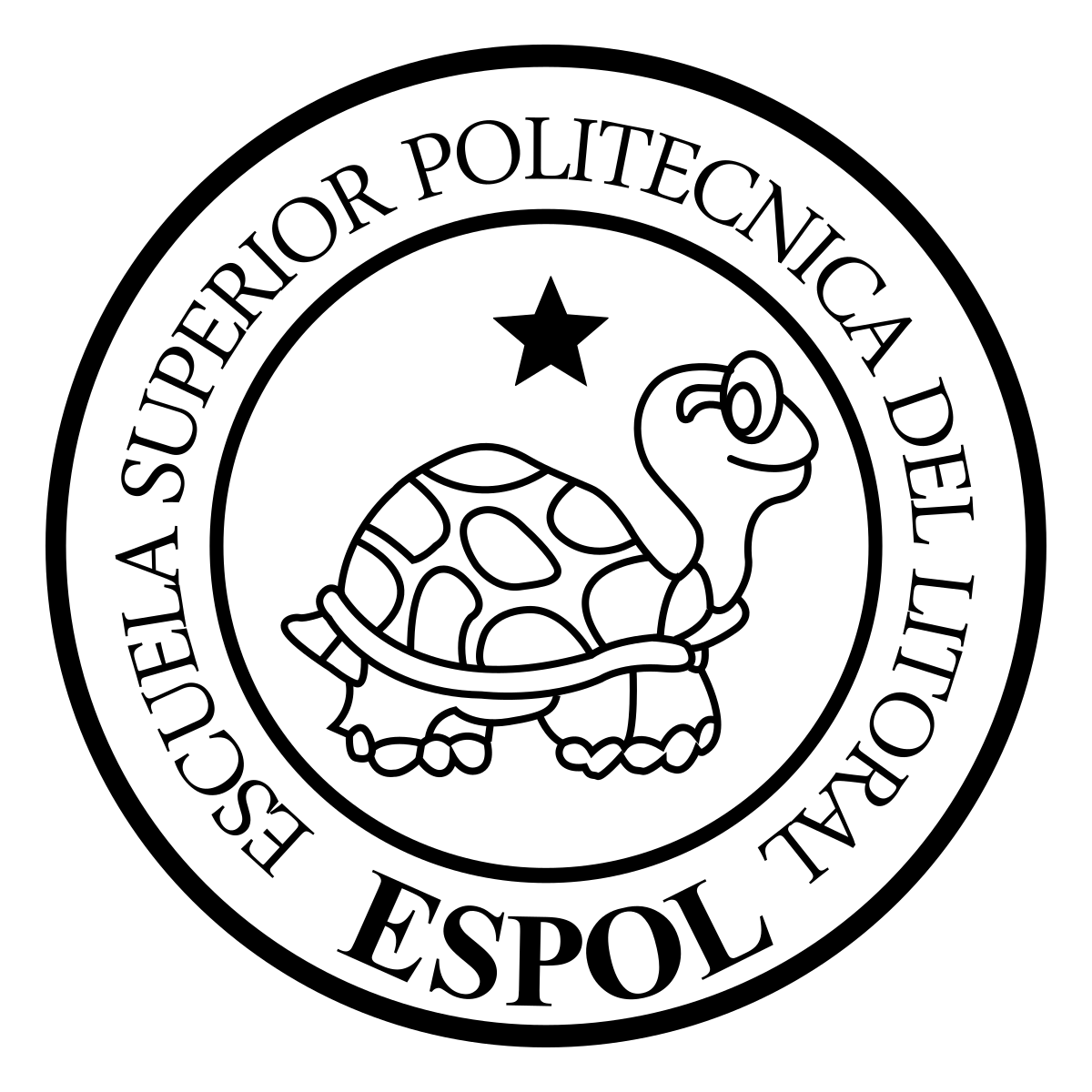En la actualidad, el acoso entre los niños es un grave problema social e incluso actúa como uno de los principales problemas de la salud mental. Por lo tanto, se han detectado varios tipos de acoso, entre ellos están el acoso físico, verbal, social y el cibernético que utiliza la tecnología al alcance del agresor para difundir el daño y hacer que la víctima esté constantemente acosada. La inteligencia artificial y el acoso son temas ampliamente estudiados e investigados, pero regularmente no son utilizados de manera conjunta para llegar a mitigar la problemática del acoso. Con esto en mente, el propósito de esta investigación es identificar las palabras claves que son extraídas de diferentes medios audiovisuales cuyo tema principal es el acoso y el ciberacoso para crear campos semánticos correspondientes al texto extraído del video y generar un texto guía para la detección automatizada del acoso y el ciberacoso como apoyo a los profesionales.

Esta obra está bajo una licencia internacional Creative Commons Atribución-NoComercial 4.0.
Referencias
Alrajeh, S., Hassan, H., Al-Ahmed, A., y Alsayed Hassan, D. (2021). An investigation of the relationship between cyberbullying, cybervictimization and depression symptoms: A cross sectional study among university students in Qatar. PloS one, 16(12), e0260263.
Akhter, S., y others (2018). Social media bullying detection using machine learning on Bangla text. In 2018 10th International Conference on Electrical and Computer Engineering (ICECE) (pp. 385–388).
Caicedo, R. (2023). Metodo Semi-Supervisado para Detectar, Clasificar y Anotar en un Corpus de Suicidio Textos extraídos de Entornos Digitales. (Doctoral dissertation, Pontificia Universidad Catolica del Peru (Peru)).
Campos, R., Mangaravite, V., Pasquali, A., Jorge, A. M., Nunes, C., y Jatowt, A. (2018). YAKE! Collection-Independent Automatic Keyword Extractor (pp. 806-810). https://doi.org/10.1007/978-3-319-76941-7_80
Campos, R., Mangaravite, V., Pasquali, A., Jorge, A., Nunes, C., y Jatowt, A. (2020). YAKE! Keyword extraction from single documents using multiple local features. Information Sciences, 509, 257-289. https://doi.org/10.1016/j.ins.2019.09.013
Chatzakou, D., Kourtellis, N., Blackburn, J., De Cristofaro, E., Stringhini, G., y Vakali, A. (2017). Mean Birds. Proceedings of the 2017 ACM on Web Science Conference, 13-22. https://doi.org/10.1145/3091478.3091487
Chelmis, C., Zois, D.-S., y Yao, M. (2017). Mining Patterns of Cyberbullying on Twitter. 2017 IEEE International Conference on Data Mining Workshops (ICDMW), 126-133. https://doi.org/10.1109/ICDMW.2017.22
Dhungana Sainju, K., Mishra, N., Kuffour, A., y Young, L. (2021). Bullying discourse on Twitter: An examination of bully-related tweets using supervised machine learning. Computers in Human Behavior, 120, 106735. https://doi.org/10.1016/j.chb.2021.106735
Dinakar, K., Reichart, R., y Lieberman, H. (2011). Modeling the detection of textual cyberbullying. Proceedings of the International AAAI Conference on Web and Social Media, 5(3), 11-17.
Efrat, A., Honovich, O., & Levy, O. (2022). Lmentry: A language model benchmark of elementary language tasks. arXiv preprint arXiv:2211.02069.
Gada, M., Damania, K., y Sankhe, S. (2021). Cyberbullying detection using lstm-cnn architecture and its applications. 2021 International Conference on Computer Communication and Informatics (ICCCI), 1-6.
Heikkilä, H.-K., Väänänen, J., Helminen, M., Fröjd, S., Marttunen, M., y Kaltiala-Heino, R. (2013). Involvement in bullying and suicidal ideation in middle adolescence: a 2-year follow-up study. European Child y Adolescent Psychiatry, 22(2), 95-102. https://doi.org/10.1007/s00787-012-0327-0
Landstedt, E., y Persson, S. (2014). Bullying, cyberbullying, and mental health in young people. Scandinavian Journal of Public Health, 42(4), 393-399. https://doi.org/10.1177/1403494814525004
Lucas-Molina, B., Pérez-Albéniz, A., Solbes-Canales, I., Ortuño-Sierra, J., y Fonseca-Pedrero, E. (2022). Acoso escolar, ciberbullying y salud mental: el rol de la cohesion entre estudiantes como factor protector escolar. Psychosocial Intervention, 31(1), 33–41s
Mahlangu, T., Tu, C., y Owolawi, P. (2018). A review of automated detection methods for cyberbullying. 2018 International Conference on Intelligent and Innovative Computing Applications (ICONIC), 1-5.
Nikiforos, S., Tzanavaris, S., y Kermanidis, K.L. (2020). Virtual learning communities (VLCs) rethinking: influence on behavior modification—bullying detection through machine learning and natural language processing. Journal of Computers in Education, 7, 531–551.
Rezvani, N., Beheshti, A., y Tabebordbar, A. (2020). Linking textual and contextual features for intelligent cyberbullying detection in social media. Proceedings of the 18th International Conference on Advances in Mobile Computing y Multimedia, 3-10.
Rivers, I., Poteat, V. P., Noret, N., y Ashurst, N. (2009). Observing bullying at school: The mental health implications of witness status. School Psychology Quarterly, 24(4), 211-223. https://doi.org/10.1037/a0018164
Singh, V. K., Huang, Q., y Atrey, P. K. (2016). Cyberbullying detection using probabilistic socio-textual information fusion. 2016 IEEE/ACM International Conference on Advances in Social Networks Analysis and Mining (ASONAM), 884-887.
Uludasdemir, D., y Kucuk, S. (2019). Cyber bullying experiences of adolescents and parental awareness: Turkish example. Journal of pediatric nursing, 44, e84–e90.
Zhang, D., Huebner, E., y Tian, L. (2020). Longitudinal associations among neuroticism, depression, and cyberbullying in early adolescents. Computers in Human Behavior, 112, 106475.
Zhao, R., Zhou, A., y Mao, K. (2016). Automatic detection of cyberbullying on social networks based on bullying features. Proceedings of the 17th international conference on distributed computing and networking, 1-6.







